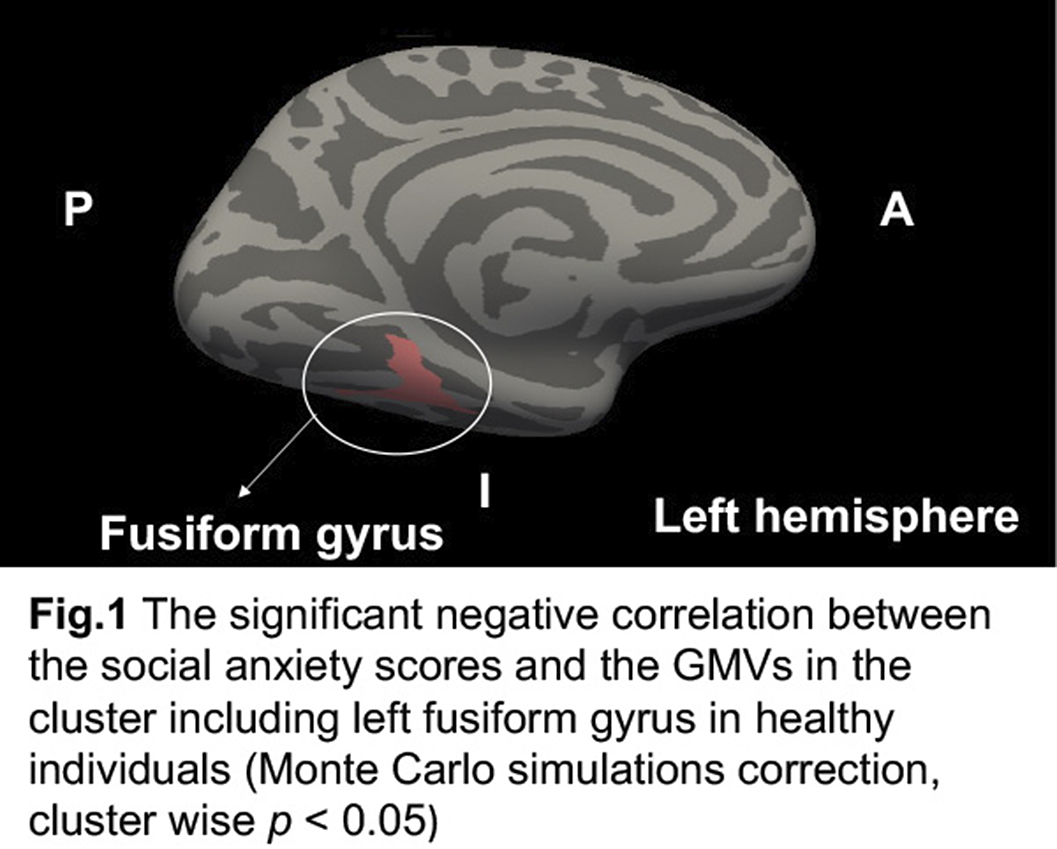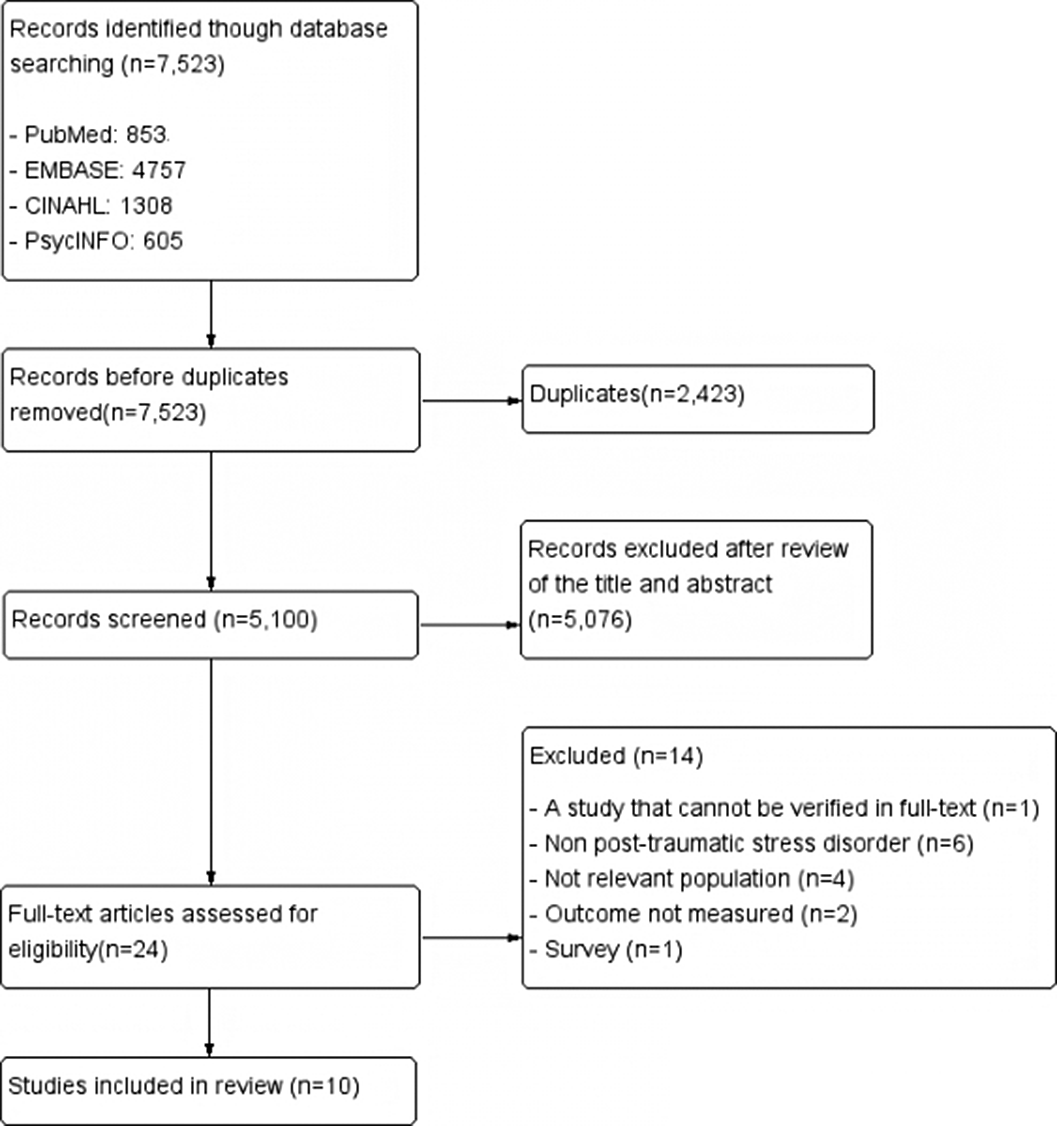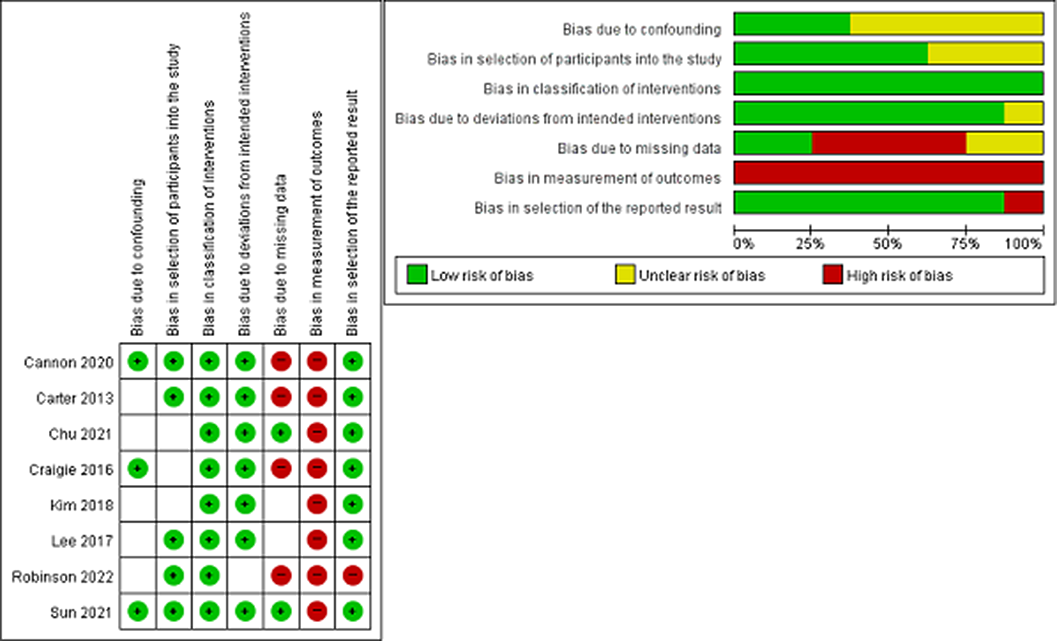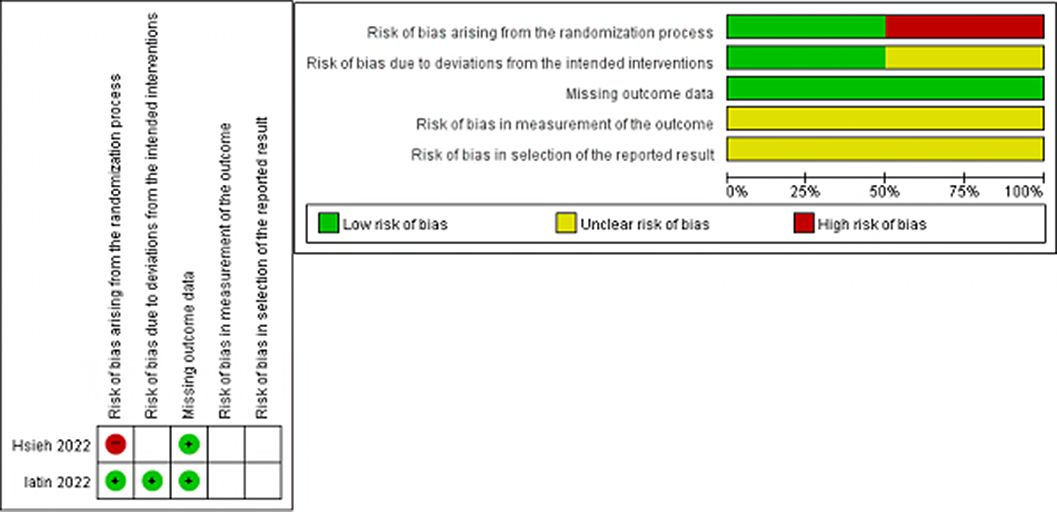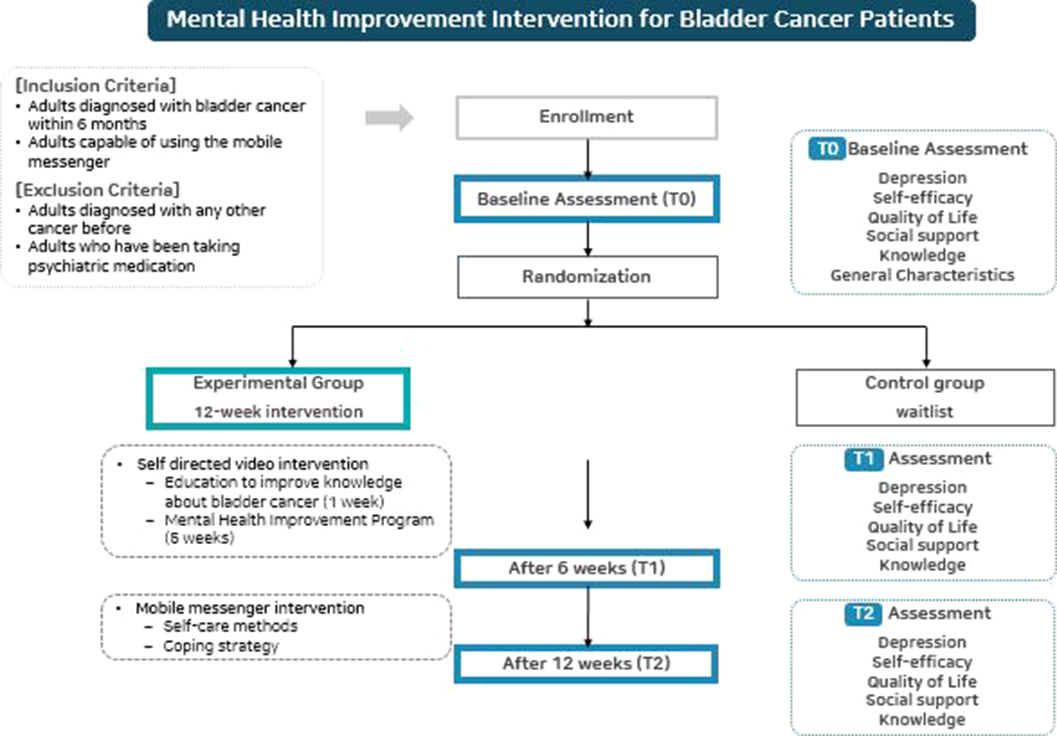716 results
Mental health impact of multiple sexually minoritized and gender expansive stressors among LGBTQ+ young adults: a latent class analysis
-
- Journal:
- Epidemiology and Psychiatric Sciences / Volume 33 / 2024
- Published online by Cambridge University Press:
- 11 April 2024, e22
-
- Article
-
- You have access
- Open access
- HTML
- Export citation
Hydrothermal Treatment of Smectite, Illite, and Basalt to 460°C: Comparison of Natural with Hydrothermally Formed Clay Minerals
-
- Journal:
- Clays and Clay Minerals / Volume 35 / Issue 4 / August 1987
- Published online by Cambridge University Press:
- 02 April 2024, pp. 241-250
-
- Article
- Export citation
The effect of older age on outcomes of rTMS treatment for treatment-resistant depression
-
- Journal:
- International Psychogeriatrics , First View
- Published online by Cambridge University Press:
- 25 March 2024, pp. 1-6
-
- Article
-
- You have access
- Open access
- HTML
- Export citation
Incidence of mental health diagnoses during the COVID-19 pandemic: a multinational network study
-
- Journal:
- Epidemiology and Psychiatric Sciences / Volume 33 / 2024
- Published online by Cambridge University Press:
- 04 March 2024, e9
-
- Article
-
- You have access
- Open access
- HTML
- Export citation
Prolonged bacterial carriage and hospital transmission detected by whole genome sequencing surveillance
-
- Journal:
- Antimicrobial Stewardship & Healthcare Epidemiology / Volume 4 / Issue 1 / 2024
- Published online by Cambridge University Press:
- 30 January 2024, e11
-
- Article
-
- You have access
- Open access
- HTML
- Export citation
78 Remotely monitored in-home IADLs can discriminate between normal cognition and mild cognitive impairment
-
- Journal:
- Journal of the International Neuropsychological Society / Volume 29 / Issue s1 / November 2023
- Published online by Cambridge University Press:
- 21 December 2023, pp. 381-382
-
- Article
-
- You have access
- Export citation
31 Characterizing Sociodemographic Factors Associated with the Cognitive and Linguistic Scale (CALS) Among Pediatric Rehabilitation Patients Admitted for Traumatic Brain Injury
-
- Journal:
- Journal of the International Neuropsychological Society / Volume 29 / Issue s1 / November 2023
- Published online by Cambridge University Press:
- 21 December 2023, pp. 139-140
-
- Article
-
- You have access
- Export citation
60 The Impact of Retirement Status on Cognitive Dysfunction in Alzheimer’s Disease
-
- Journal:
- Journal of the International Neuropsychological Society / Volume 29 / Issue s1 / November 2023
- Published online by Cambridge University Press:
- 21 December 2023, pp. 366-367
-
- Article
-
- You have access
- Export citation
34 Association Between Subjective Cognitive Decline and Mental Wellbeing in Normal Cognition and MCI Older Adults
-
- Journal:
- Journal of the International Neuropsychological Society / Volume 29 / Issue s1 / November 2023
- Published online by Cambridge University Press:
- 21 December 2023, pp. 344-345
-
- Article
-
- You have access
- Export citation
87 Idiopathic Autoimmune Encephalitis Influences Functional Recovery for Pediatric Patients Admitted to Inpatient Rehabilitation
-
- Journal:
- Journal of the International Neuropsychological Society / Volume 29 / Issue s1 / November 2023
- Published online by Cambridge University Press:
- 21 December 2023, pp. 78-79
-
- Article
-
- You have access
- Export citation
Environmental contamination of postmortem blood cultures detected by whole-genome sequencing surveillance
-
- Journal:
- Infection Control & Hospital Epidemiology / Volume 44 / Issue 12 / December 2023
- Published online by Cambridge University Press:
- 24 August 2023, pp. 2103-2105
- Print publication:
- December 2023
-
- Article
-
- You have access
- Open access
- HTML
- Export citation
Excessive fear of clusters of holes, its interaction with stressful life events and the association with anxiety and depressive symptoms: large epidemiological study of young people in Hong Kong
-
- Journal:
- BJPsych Open / Volume 9 / Issue 5 / September 2023
- Published online by Cambridge University Press:
- 14 August 2023, e151
-
- Article
-
- You have access
- Open access
- HTML
- Export citation
The evolving role of data & safety monitoring boards for real-world clinical trials
-
- Journal:
- Journal of Clinical and Translational Science / Volume 7 / Issue 1 / 2023
- Published online by Cambridge University Press:
- 02 August 2023, e179
-
- Article
-
- You have access
- Open access
- HTML
- Export citation
Psychological Characteristics and Quality of Life of Patients with Upper and Lower Functional Gastrointestinal Disorders
-
- Journal:
- European Psychiatry / Volume 66 / Issue S1 / March 2023
- Published online by Cambridge University Press:
- 19 July 2023, p. S401
-
- Article
-
- You have access
- Open access
- Export citation
Fusiform Gyrus is Related to Subclinical Social Anxiety in Healthy Individuals
-
- Journal:
- European Psychiatry / Volume 66 / Issue S1 / March 2023
- Published online by Cambridge University Press:
- 19 July 2023, p. S189
-
- Article
-
- You have access
- Open access
- Export citation
Systematic Review on the Mechanisms of Action of Psilocybin in the Treatment of Depression
-
- Journal:
- European Psychiatry / Volume 66 / Issue S1 / March 2023
- Published online by Cambridge University Press:
- 19 July 2023, pp. S416-S417
-
- Article
-
- You have access
- Open access
- Export citation
Is Personality Disorder Madness? A Qualitative Study of the perceptions of Medical Students in Somaliland
-
- Journal:
- European Psychiatry / Volume 66 / Issue S1 / March 2023
- Published online by Cambridge University Press:
- 19 July 2023, p. S1119
-
- Article
-
- You have access
- Open access
- Export citation
A Systematic Review of the Effect of Post-traumatic Stress Disorder Programs for Nurses
-
- Journal:
- European Psychiatry / Volume 66 / Issue S1 / March 2023
- Published online by Cambridge University Press:
- 19 July 2023, pp. S977-S978
-
- Article
-
- You have access
- Open access
- Export citation
A mobile-based mental health improvement program for non-muscle invasive bladder cancer patients: Program development and feasibility protocol
-
- Journal:
- European Psychiatry / Volume 66 / Issue S1 / March 2023
- Published online by Cambridge University Press:
- 19 July 2023, pp. S362-S363
-
- Article
-
- You have access
- Open access
- Export citation
A survey of the workplace experiences of police force employees who are autistic and/or have attention deficit hyperactivity disorder
-
- Journal:
- BJPsych Open / Volume 9 / Issue 4 / July 2023
- Published online by Cambridge University Press:
- 06 July 2023, e123
-
- Article
-
- You have access
- Open access
- HTML
- Export citation



